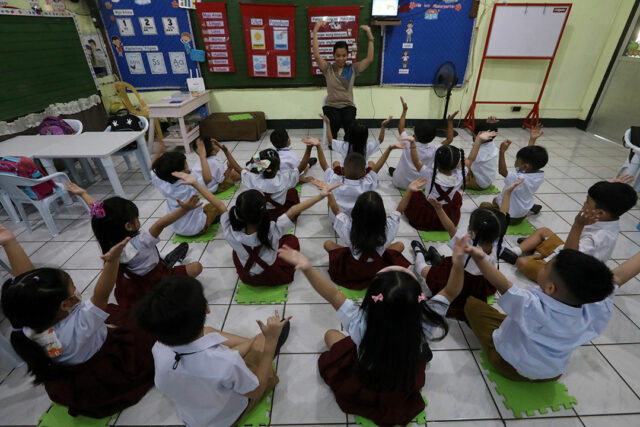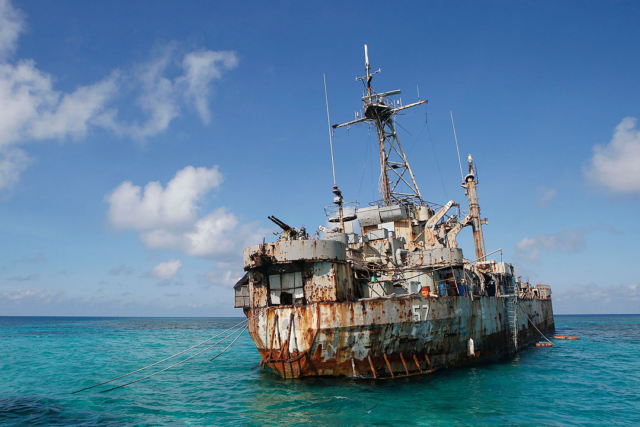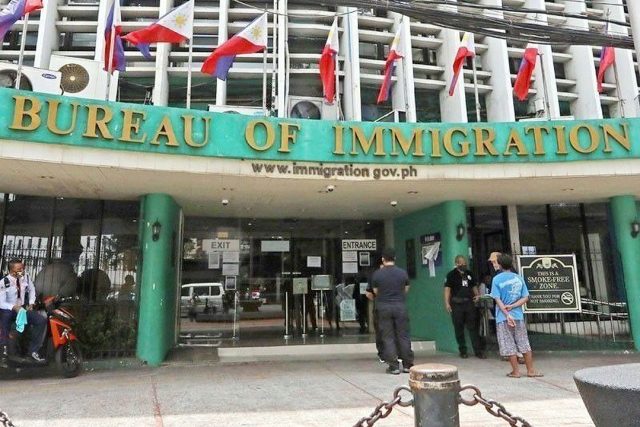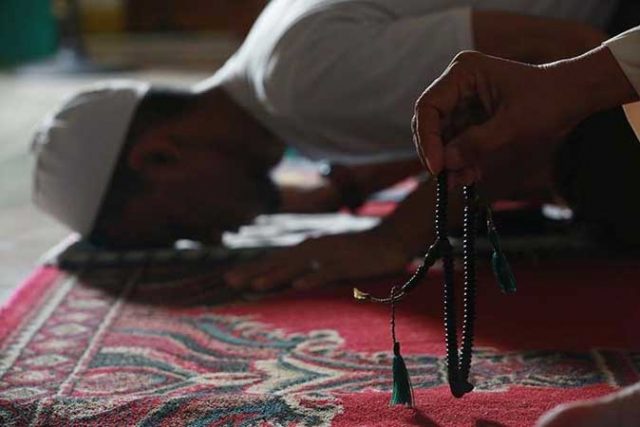As new technology continues to reshape the global business landscape, the intangible assets created by them play a crucial part in the operations of multinational enterprises. Compared to tangible assets such as human resources or property that can be seen or touched, intangibles refer to ideas, know-how, or rights that can be transferred or used despite having no physical characteristics. These intangibles contribute to value creation and growth of companies, and provide a competitive advantage to improve and maintain their market position.
However, the reliance on intangibles to conduct business and generate profit has also led to new challenges for tax systems that were originally anchored on legal ownership and physical location. The lack of physical presence has resulted in complexities in determining where the income is generated and where it should be taxed. With the ongoing developments in the international tax system, understanding the nature of intangibles and the relevant transfer pricing (TP) considerations are important for both multinational companies and tax authorities alike.
INTANGIBLES IN THE CONTEXT OF TP
Intangible assets are defined as things that are neither physical nor financial assets, capable of being owned or controlled for use in commercial activities, and whose use or transfer would be compensated had it occurred between independent parties in comparable circumstances.
This definition from the OECD TP Guidelines does not solely rely on accounting or legal interpretations, which means that the existence of intangibles for TP purposes is not merely determined by whether it is recorded in the balance sheet or has legal protection. For instance, intellectual property such as patents and trademarks can be registered while know-how and trade secrets are commonly not registered nor disclosed in the financial statements for confidentiality purposes. Both examples are nonetheless considered intangibles from a TP perspective.
PHILIPPINE TP RULES ON INTANGIBLES
The Bureau of Internal Revenue (BIR) recognizes that related party transactions involving intangible assets are of a special nature, as described in Revenue Audit Memorandum Order (RAMO) No. 1-2019, or the Philippine TP Audit Guidelines.
Under the RAMO, intangible assets may be classified as manufacturing or marketing intangibles. Manufacturing intangibles are generally created through research and development, and the developer aims to be remunerated for its expenditure and to seek profit through the sale of goods, license agreements, or service contracts. Marketing intangibles, on the other hand, are created through the functions of marketing, distribution and post-sale services. These typically include trademarks, customer lists, distribution channels, a unique name, symbol or picture with important promotional value for the products or services, etc.
Chapter VI of the RAMO further identified five steps in testing controlled transactions involving intangibles:
1) Identify the existence of every intangible asset that makes a contribution to the success of the product in the market;
2) Identify the value of intangible assets and determine which parties contributed to the formation of the intangible assets;
3) Study whether there has been a transfer of intangible assets in the transaction;
4) Determine the arm’s length compensation for each intangible asset that is transferred; and
5) Determine the method that can be used in evaluating the arm’s length nature of transfer of intangible assets.
OWNERSHIP, TRANSFER, AND EVALUATION OF INTANGIBLES
After identifying its existence, another important consideration in analyzing intangibles is its ownership. In order to determine how the costs and benefits from these intangibles can be divided among related parties, it is crucial to know who the legal and economic owners are. However, according to the OECD, legal ownership of intangibles by itself does not automatically mean a company has the right to ultimately to retain the returns. Instead, those entities that contribute to the development, enhancement, maintenance, protection and exploitation of the intangibles should receive a corresponding arm’s length compensation.
A functional analysis is therefore essential to identify the economically significant activities and understand how the transferred intangibles interact with other functions, assets, and risks that comprise the business. Such analysis would also be able to explain whether or not there has been an actual transfer between parties.
The most common example of a transfer of an intangible is through licensing arrangements, wherein the company owning the rights over a technology or brand would license it to a related party and receive royalty payment in exchange. However, intangible asset transfers are not always as straightforward as they may seem, since multinational companies can restructure their operations depending on their needs. Sometimes, it may involve transfers of one or more intangibles that could not be separately evaluated.
Due to the special nature of intangibles, it may be difficult to determine the pricing at the time of the arrangement. This also raises challenging issues on comparability and on the selection of TP methods.
Intangibles mostly have unique characteristics which must be considered in conducting a comparability analysis, since the potential to generate future expected benefits could vary depending on the circumstances. Generally, any of the five OECD TP methods may be appropriate but it is most commonly useful to apply the Comparable Uncontrolled Price method and the Transactional Profit Split method. For instances when there are no reliable comparable transactions that can be identified, the use of valuation techniques may also be appropriate to estimate the arm’s length price.
Selecting the most appropriate TP method heavily relies on a functional analysis to determine how the returns derived from and the costs related to intangibles can be allocated between parties. In evaluating the transfer price, careful consideration must be done to ensure compliance both in domestic and international jurisdictions in which the multinational entities operate. With the currently evolving tax environment tied to the complexity of intangibles, multinational groups may find it prudent to review their strategies as early as possible and align them with the principles and guidance laid out in the Philippine TP regulations and the OECD Guidelines. Likewise, it is recommended that companies adopt a proactive stance in preparing robust documentation and analyses that will best serve as defense in the event of tax and TP disputes.
The views or opinions expressed in this article are solely those of the author and do not necessarily represent those of Isla Lipana & Co. The content is for general information purposes only, and should not be used as a substitute for specific advice.
Angelika Kristina Montejo is an assistant manager at the Transfer Pricing group of Isla Lipana & Co., the Philippine member firm of the PricewaterhouseCoopers global network.
angelika.kristina.montejo@pwc.com












